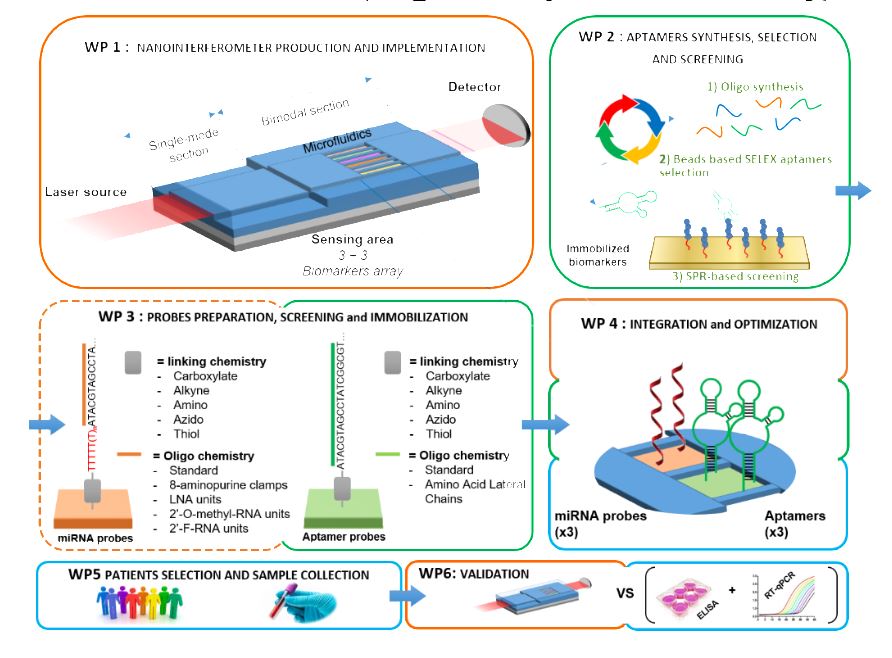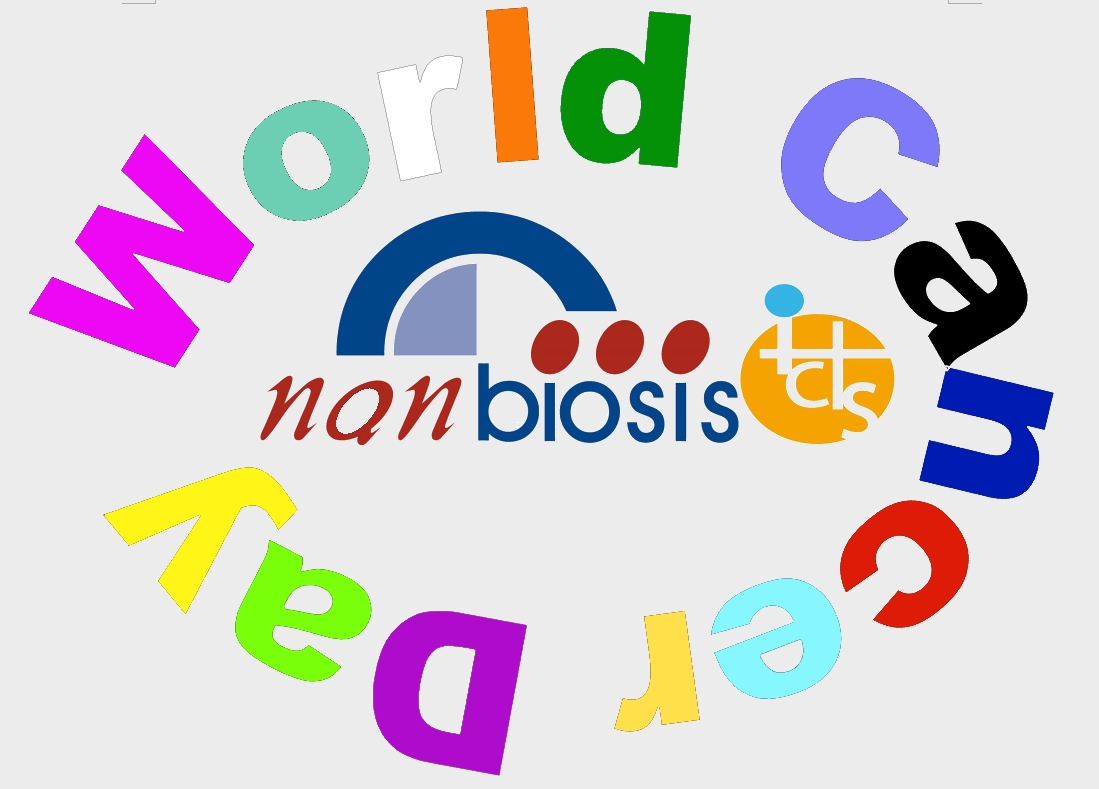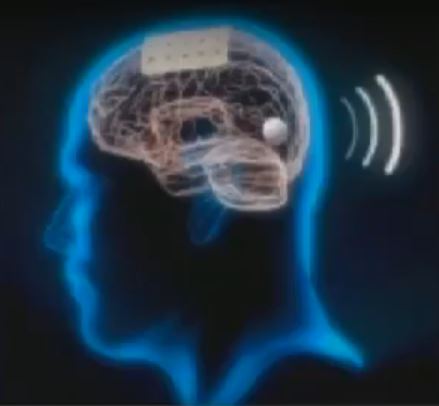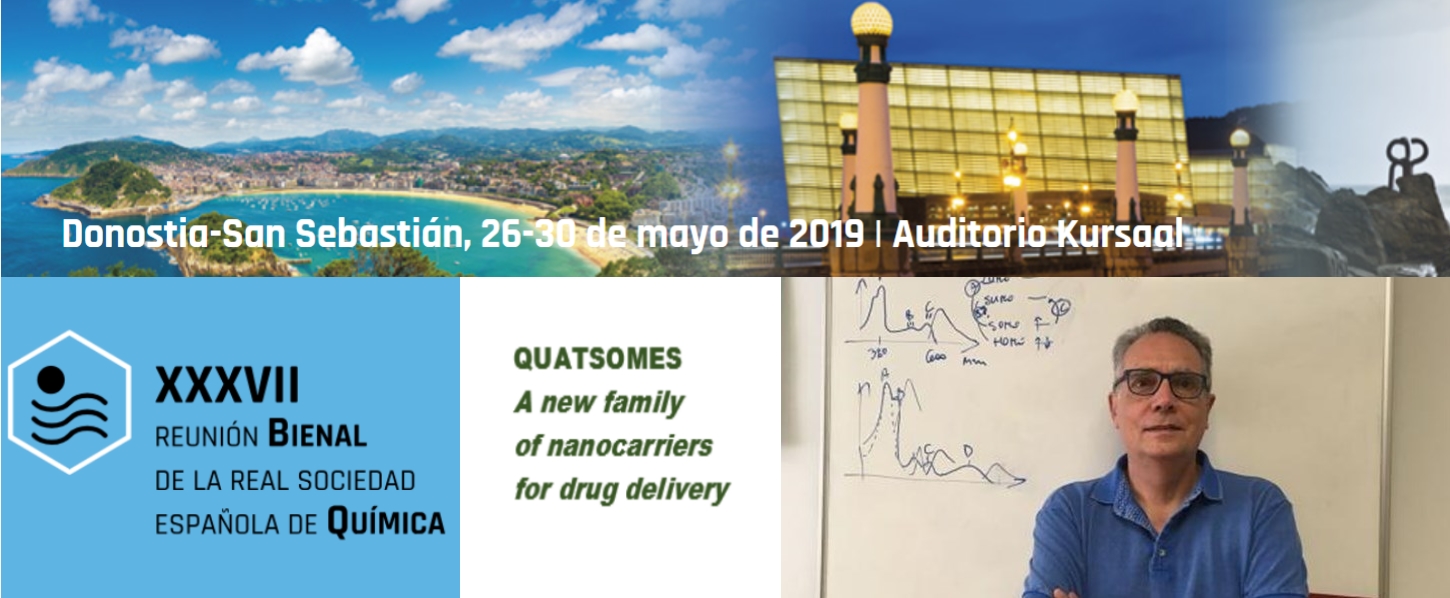Laura Lechuga, Scientific Director of Unit 4 of NANBIOSIS Coordinates a EuroNanoMed project
ABISENS Monitoing of Acquired Brain Injury and recovery biomarkers by the combined label-free nanosensing of multiple circulating molecules is one of the project awarded in the EuroNanoMed III joint call, will be coordinated by Laura Lechuga through the CIBER-BBN
Abisens will employ the Unit 4 of Nanbiosis, Biodeposition and Biodetection Unit or the multiplexed biofunctionalization of the biosensor chips and their methodology optimisation
The evaluation of patients after brain injuries, which produces severe impairments, remains a major unmet clinical need. Nowadays the diagnosis, prognosis and the efficacy of rehabilitation treatments are mainly assessed by clinical examinations, neuroimaging and electrophysiological tests during a long hospitalization stay. The aim the project is to offer as an alternative a new nanobiosensor platform able to identify and quantify multiple brain biomarkers in blood with high sensitivity and in a short time. The new biosensor platform will employ nanophotonic waveguide circuits in combination with oligonucleotide chemistry.
The project will be characterized by a strong interdisciplinary and translational nature resulting from the meeting between real clinical needs and high-level technological integration of biosensing and bimolecular aspects.













